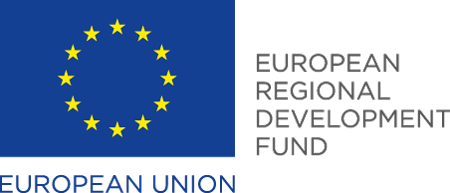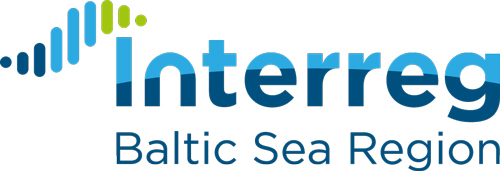MONALISA 2.0 – Background
The maritime sector is a key link in the global transport chain. Approximately 90% of all world trade is conducted using sea freight. Some 51,000 merchant vessels of more than 500 gross tonnage (GT) are involved in carrying this cargo. In addition to these cargo carriers, there are some 27,000 other vessels of similar size, though they lack cargo carrying capacity. These include large fishing vessels, cruise and research vessels, as well as some 9,000 military vessels exceeding 500 GT.
Within the waters of the European Union – one of the world’s major consumer markets – there are approximately 17,000 vessels transiting per day. Also, on a yearly basis, there are some 29,000 calls to ports within the European Union. These calls alone generate some 580,000 individual vessel movements within the territorial waters of EU member states.
Accident reports have shown that approximately 500-600 maritime accidents occur within EU yearly. The results of these accidents include potential loss of life and the immediate environmental effects of maritime accidents, loss of cargo and loss of or damage to vessels. Moreover, the effects can present severe long-term problems for marine flora and fauna.
Moving a ship from A to B is not an exclusive navigational process, and has never been so. It also involves other processes, such as practical and economic cargo handling as well as cargo control, including customs, legal requirements and security. Yet these various processes are expensive and time-consuming for the shipping industry and the future will demand integration of these processes.
There are on-going developments of concepts on a national, regional, international, federative and cross-sector basis such as e-Navigation, e- Customs, and e-Security. These developments all contribute to improving the processes in their sectors. However, lacking a holistic approach they miss the overarching potential improvement required to make the shipping industry a safer, more environmentally friendly and more efficient cargo-carrying link.
New and sophisticated innovations and services in ports have proved effect full, yet despite
these innovations and services some port situations are still considered problematic such as mass evacuation, fire-fighting and accident management. In these situations, cooperation among actors involved is both crucial and essential. This requires prevention, preparedness and response plans to be managed from a risk assessment viewpoint, parallel with monitoring and surveillance aspects.
In the case of Search and Rescue, monitoring and management of actions, these operations must be evaluated in order to achieve higher efficiency. To maintain levels of efficiency, there is a need to make decisions concerning strategic locations of SAR assets as well as human and technical resources. There is a need for solutions promoting interconnected and interoperable vessel traffic management and information services designed to establish a smart and efficient response in dealing with major passenger-ship accidents.
The future will see innovative designs, technologies and working practices for safer ship operations, enhance the evacuation and rescue of people. This will also reduce the environmental risks and potential loss of life, thus promoting more environmentally friendly operations.






